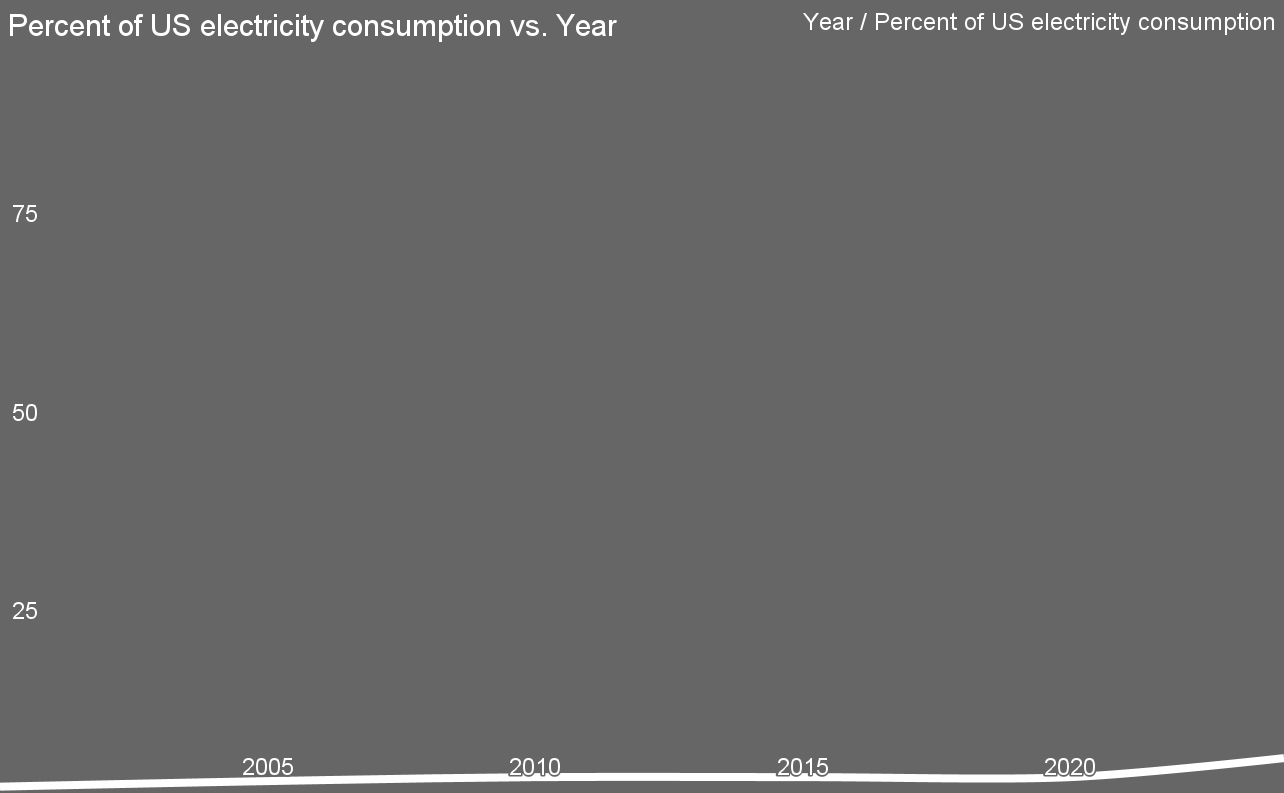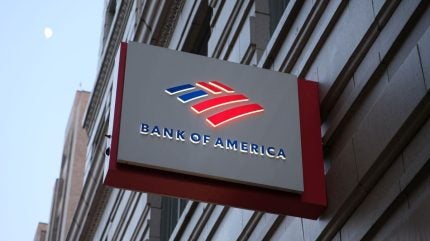Support CleanTechnica’s work through a Substack subscription or on Stripe.
We told you so. For months, CleanTechnica has been chronicling the Republican war on offshore wind farms in the US. All of the threatened projects come under the umbrella of blue states with Democratic governors, which is not a shocker. Except, there is one exception, the massive 2.6-gigawatt Coastal Virginia Offshore Wind Project. As CleanTechnica pointed out back April and several times since then (most recently on September 23), Virginia’s Republican Governor, Glenn Youngkin, is a big fan of CVOW and the project appears safe — for now, that is.
Virginia Is For (Offshore Wind) Lovers
Now that the general media is finally paying attention to the Glenn Youngkin connection, let’s take another look at CVOW. The offshore wind project has made regular appearances on the pages of CleanTechnica since the wind-friendly days of the Obama administration, which saw the Interior Department’s newly formed Bureau of Ocean Energy Management issue a series of leases for offshore wind development along the Atlantic coast including CVOW’s parcel of 112,799 acres off the coast of Virginia. BOEM issued the lease to the project developer, the leading US utility Dominion Energy, in 2013.
As with many other offshore wind projects, CVOW somehow managed to keep moving through the development pipeline on up to the last weeks of the first Trump administration. Dominion submitted construction plans to BOEM in December of 2020, which were ultimately approved in January 2024 during President Biden’s term in office.
CVOW & The Jones Act Connection
Despite the long years between 2013 and now, the timeline worked out in Dominion’s favor. Offshore turbine technology has improved over the past 12 years, and Dominion can now take advantage of the efficiencies provided by specialized offshore wind construction ships, too.
Special operations vessels (SOVs) were not available in the US during the early years of offshore wind development, due to a lack of ships compliant with a complex 1920s-era piece of US maritime law called the Jones Act, which is another thing that has been surfacing on the CleanTechnica radar.
Among other provisions, the Jones Act restricts foreign-built and owned ships from transporting goods and services from one US port of call to another. The main idea is to keep a lid on foreign interference with domestic shipping, especially in case of war breaking out.
Stakeholders in the offshore wind industry did manage to figure out some workarounds to set the wheels in motion, but a more effective solution would be for US shipyards to begin building the specialized SOVs (service operations vessels) needed to optimize the offshore workflow.
That finally began to happen in May of 2024, when the Louisiana ship builder Edison Chouest Offshore proudly introduced its new ECO Edison SOV (Service Operations Vessel), billed as the “first-ever American-built, owned, and crewed offshore wind service operations vessel.”
While Edison Chouest was celebrating, Dominion was also building a US-built, flagged, and crewed offshore wind ship, the Charybdis, at the Seatrium AmFELS shipyard in Brownsville, Texas. A key milestone occurred in April of 2024 when the ship reached the launch-into-water phase. In February of this year Dominion reported that Charybdis was 96% complete and undergoing sea trials in Texas. By late August the ship was on its way to Virginia, and by mid-September it was reportedly docked and ready for action at the Portsmouth Marine Terminal in Virginia, just in time to help speed completion of the CVOW project toward 2026, which is just around the corner.
Rocky Seas Ahead For US Offshore Wind Industry
As pointed out by Canary Media earlier today, Governor Youngkin is not the only Virginia Republican to champion the CVOW project. US Representative Jen Kiggans is also a fan, partly on account of the $500 million grid upgrade to be received by Naval Air Station Oceana.
So, much of the work already done and completion just months away, it looks like smooth sailing for the CVOW project — or not, as the case may be. Governor Youngkin is term-limited. Unless something extraordinary happens, the Democratic contender for the office, Abigail Spanberger is on track to prevail against the Republican candidate and current Lieutenant Governor, Winsome Earle-Sears on Election Day in November.
A Spanberger victory would put Virginia and CVOW squarely in the crosshairs of President Trump’s chopping block. Since the beginning of this year, the President has suspended new offshore lease activity, recalled permitted projects for additional review, and ordered construction to stop on projects already under way.
Without Youngkin’s support, CVOW will lose its special status. If Spanberger does win, though, perhaps she can take a page out of the book of New York Governor Kathy Hochul. When Trump stopped work on the Empire Wind project in New York state earlier this year, Governor Hochul reportedly negotiated a quid pro quo with Trump in person, and Empire was quickly back on track.
Spanberger better get her ducks in the water because it already looks like the Trump administration is already prepping for a Democrat to occupy the office of Virginia Governor after Election Day. At a conference in Italy last month, Interior Secretary Doug Burgum reportedly confirmed that his agency is reviewing five offshore wind projects already under construction, including the CVOW project.
In an interesting turn of events, Empire Wind is also on the list along with another New York project, Sunrise Wind. Governor Hochul may have to pull another card from her sleeve to keep both of those projects in motion.
Make America Lose Again
For the record, rounding Burgum’s hit list is Revolution Wind in Rhode Island and Vineyard Wind 1 in Massachusetts.
While all this is going on, the global offshore wind industry is already leveling up to the next phase of growth. Instead of relying on conventional monopile construction methods that apply to relatively shallow waters, the industry is gearing up for the widespread use of floating turbine platforms that can be tethered in deep water, opening up whole new areas for wind development.
Another offshore wind industry trend to keep an eye on is multi-use, in which offshore wind farms host floating solar arrays and wave energy converters. The aquaculture industry is also eyeballing opportunities to piggyback on offshore wind infrastructure, as well.
Too bad the US is missing out on all these new opportunities. What with the economy circling the drain and AI taking over the work that humans used to do, it sure would be nice to have more jobs for people available in construction, ship-building, manufacturing and the like.
If you have any thoughts about that, drop a note in the comment thread. Better yet, find your representatives in Congress and tell them what you think.
Image (cropped): The massive 2.6-gigawatt CVOW project could become another casualty in President Donald Trump’s war on wind, even though it is nearing completion (courtesy of CVOW/Dominion).
Sign up for CleanTechnica’s Weekly Substack for Zach and Scott’s in-depth analyses and high level summaries, sign up for our daily newsletter, and follow us on Google News!
Have a tip for CleanTechnica? Want to advertise? Want to suggest a guest for our CleanTech Talk podcast? Contact us here.
Sign up for our daily newsletter for 15 new cleantech stories a day. Or sign up for our weekly one on top stories of the week if daily is too frequent.
CleanTechnica uses affiliate links. See our policy here.
CleanTechnica’s Comment Policy




